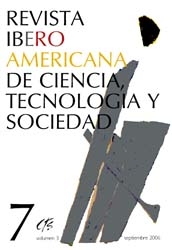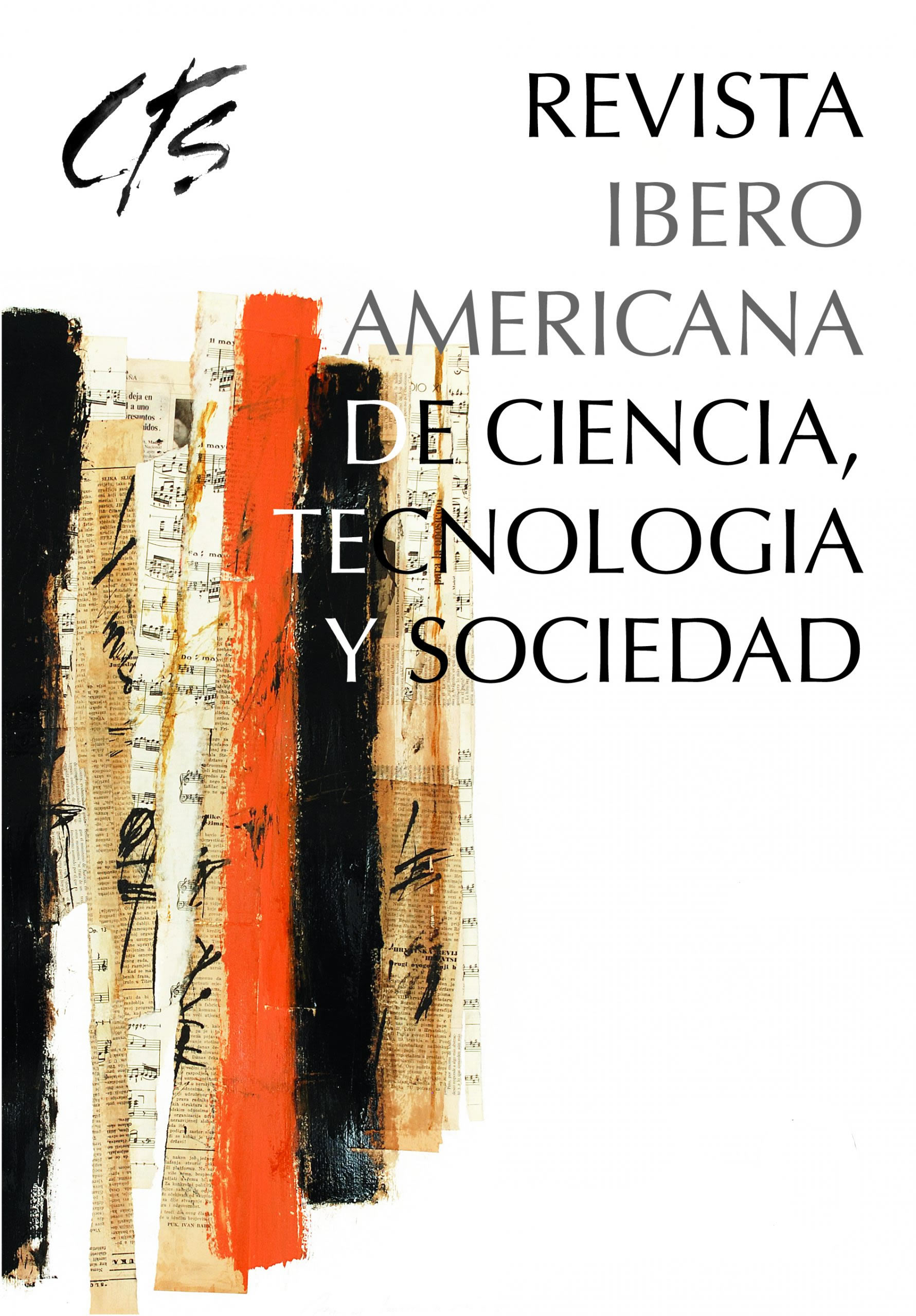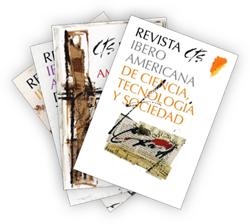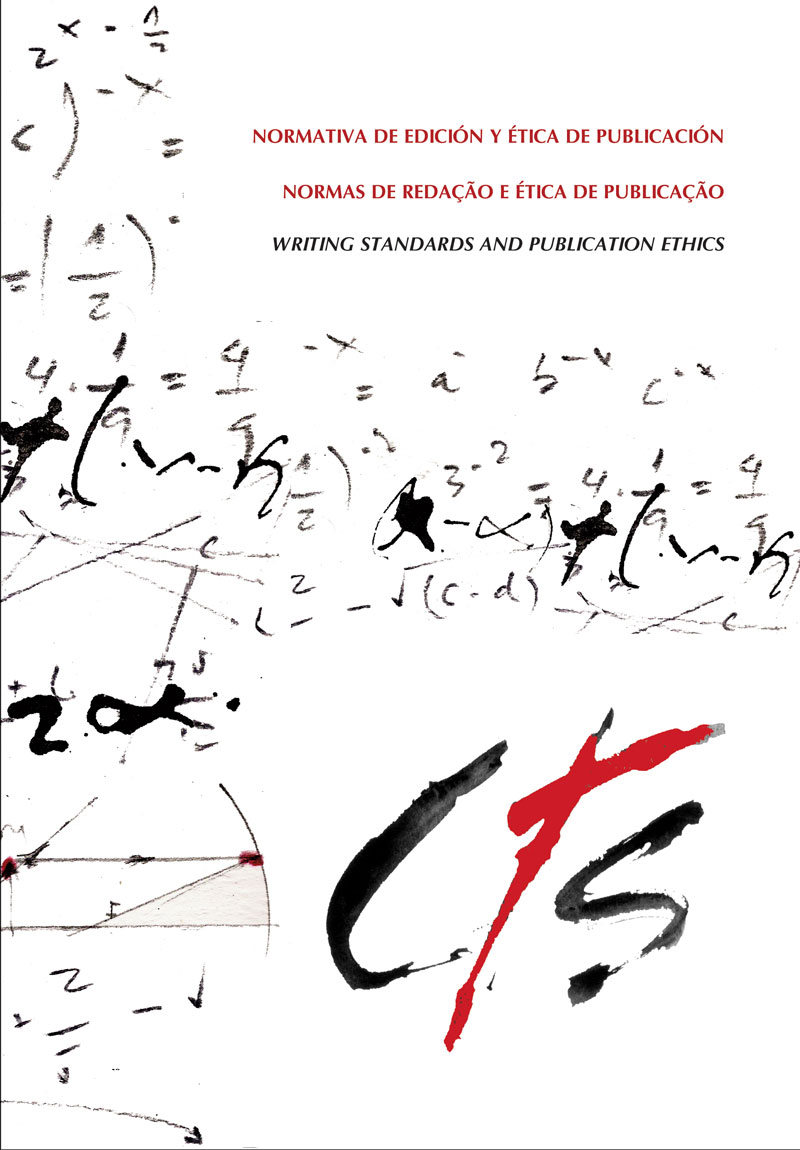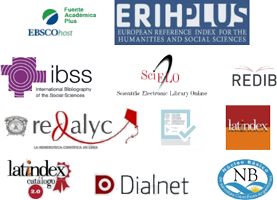Mobilidade de doutores
tendências e temas em debate
DOI:
https://doi.org/10.52712/issn.1850-0013-966Palavras-chave:
mobilidade internacional, doutores, recursos humanos, fuga de cérebros, sociedade do conhecimentoResumo
A mobilidade internacional é fundamental no processo de acumulação de capital humano na pesquisa. Ela é necessária para a excelência científica, a qual depende da interação internacional entre pesquisadores. A mobilidade também assegura que as instituições de ensino público e privado, assim como os laboratórios de pesquisa, sejam competitivos. A questão, no entanto, é como essa mobilidade pode ser desenvolvida de forma a resultar em benefícios para o país receptor ou para o país de origem, melhorando seu potencial de pesquisa. Esse tema é central para os formuladores de políticas públicas, que, por meio de diferentes estratégias (imigração, financiamento etc.), buscam atrair pessoal altamente qualificado — especialmente os melhores pesquisadores estrangeiros — e aumentar a taxa de retorno de seus cidadãos que trabalham no exterior. Neste trabalho, apresenta-se, em primeiro lugar, a questão da importância da mobilidade internacional de recursos humanos em ciência e tecnologia, especialmente em nível de doutorado, em uma sociedade baseada no conhecimento. Em segundo lugar, é apresentada uma matriz para a análise desse tema, que requer estatísticas e indicadores adequados. Por fim, relaciona-se a mobilidade internacional com questões mais amplas relativas ao desenvolvimento dos sistemas de educação, pesquisa e inovação, imigração, mercado de trabalho e, portanto, à competitividade dos países de origem e destino.
Downloads
Referências
BARRÉ, R.; MEYER, J.B.; HERNÁNDEZ, V.; VINCK, D. (2004): Scientific diasporas, Les éditions de l’IRD, París.
BURELLI, J.S. (2004): “Emigration of US-born S&E doctorate recipients”, InfoBrief 04-327, Science Resources Statistics, National Science Foundation, Junio.
DIAMOND A. (2001): “Scientists’Salaries and the Implicit Contracts Theory of Labour Markets”, International Journal of Technology Management, vol.22, pp. 159-173.
FREEMAN R.B., WEINSTEIN E. et al., (2001): Careers and Rewards in Bio Sciences: The Disconnect Between Scientific Progress and Career Progression, scientific report.
GUPA, D.; NERAD, M.; CERNY, J. (2003): “International Ph.Ds: Exploring the decision to stay or return”, International Higher Education, verano.
HOFFER, T.B. (2004): “Employment sector, salaries, publishing and patenting activities of S&E Doctorate holders”, InfoBrief 04-328, Junio.
LEVIN, S.G. (2001): “Career Stage, Benchmarking and Collective Research”, International Journal of Technology Management, vol. 22, No. 7/8.
LUDOVIC, L. ; RAUD, S. (2000): «Présence française en technologie de l’information autour de la Baie de San Francisco et dans la Silicon Valley », Embassy reports, Signes du Monde collection, Julio.
MARTINELLI et al. (1998) : “L’insertion récente des docteurs”, CEREQ, Marseille.
MARTIN-ROUET, D. ; SEZNEC, E. (2001): Etat des lieux 2000 sur la présence française en science et ingénierie aux Etats-Unis: les cerveaux fous d’Amérique? pas vraiment..., CNRS Bureau, Washington, Scientific and Technical Mission, French Embassy.
MATH, A. ; SPIRE, A. (2004) : “Vers une immigration permanente de travailleurs temporaires” and “du mode 4 de l’AGCS aux différents régimes migratoires de travailleurs détachés”, Working Paper No. 04.06, IRES, Junio.
MITCHELL, I. (2002): “European Doctoral Mobility”, Meeting of directors-general for higher education and presidents of rectors’conferences, Córdoba, España, 6 al 9 de Abril.
NATIONAL SCIENCE BOARD (2003): The Science and Engineering Workforce: Realizing America’s Potential, National Science Board.
NATIONAL SCIENCE BOARD (2003b): “The Science and Engineering Workforce: Realizing America’s Potential”, National Science Board, 14 de Agosto.
NATIONAL SCIENCE BOARD (2003c): “Towards a more effective role of the US Government in international Science and engineering”, NSB 01-187.
NATIONAL SCIENCE FOUNDATION (2004): Science and engineering indicators 2004, Washington.
OCDE (2001): “Service providers on the move: A closer look at labour mobility and the GATS” [TD/TC/WP(2001)26/REV1].
ROBIN, Stéphane (2003): “Insertion des docteurs en sciences de la vie en France: secteur académique et secteur privé”, 10th Céreq-Lasmas-IdL workshop, L e s données longitudinales dans l’analyse du marché du travail, Caen, 21, al 23 de Mayo.
SANDERSON, A.; GUDONI, B. (2002): “Interstate migration patterns of recent science and engineering doctorate recipients”, Science Resource Statistics, National Science Foundation, NSF 02-311, Febrero de 2002.
TEROUANE, D. (1997): Présence française en science et ingénierie aux Etats-Unis: cerveaux en fuite ou en voyage?, CNRS Bureau, Washington, Scientific and Technical Mission, French Embassy.
WTO (1998): “Council for Trade in Services: Presence of Natural Persons (Mode 4) - Background Note by the Secretariat” S/C/W/75 del 8 de Diciembre.
Downloads
Publicado
Como Citar
Edição
Seção
Licença
Copyright (c) 2025 CC Attribution 4.0

Este trabalho está licenciado sob uma licença Creative Commons Attribution 4.0 International License.
Todas os números de CTS e seus artigos individuais estão sob uma licença CC-BY.
Desde 2007, a CTS proporciona acesso livre, aberto e gratuito a todos seus conteúdos, incluídos o arquivo completo da edição quadrimestral e os diversos produtos apresentados na plataforma eletrônica. Esta decisão é baseada no entendimento de que fornecer acesso livre aos materiais publicados ajuda a ter uma maior e melhor troca de conhecimentos.
Por sua vez, em se tratando da edição quadrimestral, a revista permite aos repositórios institucionais e temáticos, bem como aos sites pessoais, o autoarquivo dos artigos na versão post-print ou versão editorial, logo após da publicação da versão definitiva de cada número e sob a condição de incorporar ao autoarquivo um link direcionado à fonte original.
